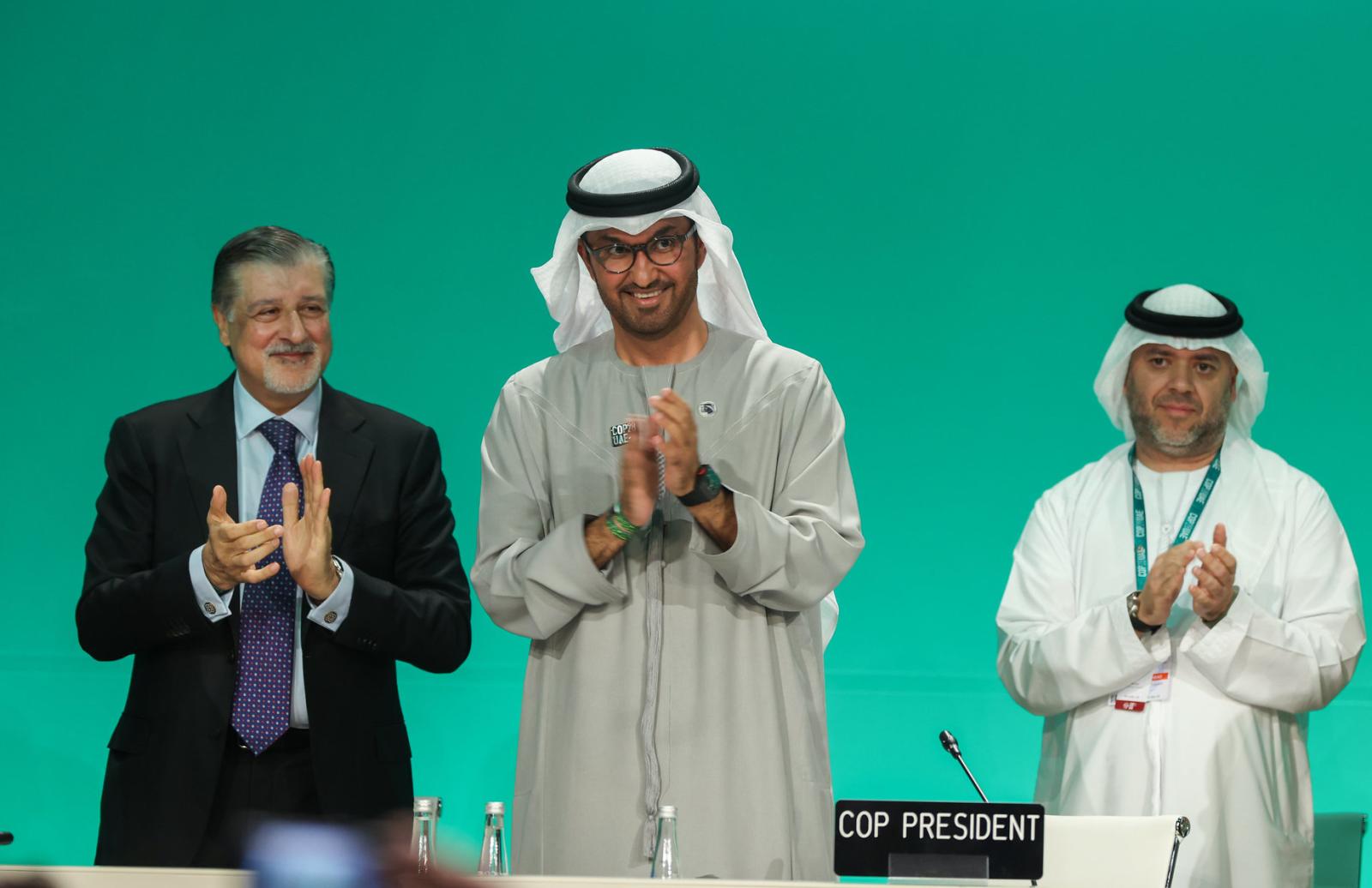 In these hurried times the adverb coming up in the writings of Henry-Victor Regnault, renowned chemist and physicist born in Aix-la Chapelle (France) now Aachen,(Germany) on 21 July 1810, may seem rather unusual. In the Report on the experiments to determine the laws and physical data necessary to calculate steam engines, a three volumes work published between 1847 and 1870, Regnault reported that he "patiently" worked to reach the determination of certain sizes.
In these hurried times the adverb coming up in the writings of Henry-Victor Regnault, renowned chemist and physicist born in Aix-la Chapelle (France) now Aachen,(Germany) on 21 July 1810, may seem rather unusual. In the Report on the experiments to determine the laws and physical data necessary to calculate steam engines, a three volumes work published between 1847 and 1870, Regnault reported that he "patiently" worked to reach the determination of certain sizes.
The Central Committee of Steam Engine had commissioned him with this task because the knowledge of physical elements was necessary to make the theoretical calculation of the engines. Regnault's findings had previously appeared on the Comptes Rendus of the Académie des Sciences and the Annales de Chimie e Physique. From the former we learn that during the meeting of the Academy on 1 April 1844, before exposing his research on the elastic force of water vapour, the author summarized his efforts in determining the water vapour pressure at different temperatures, the latent heat and density of saturated steam at different pressures, the elements of expansion, and so on. Regnault gathered an impressive body of data obtained with complex equipment built by himself, using a special loan granted by the Ministry of Public Works. The one shown in Picture 1 and 2, for example, was used to determine the coefficient of expansion of gases.

#LLL# Picture 1
#LLL# Picture 2
#LLL# Picture 3
Since the eighteenth century, many physicists before him, had dealt with this problem. Among others, the Italian Volta, who reached the conclusion that the coefficient was equal to 1 / 270 (0.0037037) per degree Celsius, a value very close to the current one (1 / 273, 16 = 0.0036608); the result however had been incorrectly deduced. Soon after came the turn of J.L. Gay-Lussac (1778-1850) who perfected the work of J.A. Charles (1746-1823), concluding that the increase in volume per degree centigrade was 1 / 266, 66. Regnault published his results in two papers appeared on the Annales (1841, 1842), preceded by a communication to the Academy in December 1841. In the latter, the overall average value of 0.003665 is reported for air, the result of four different procedures, for a total of 50 measurements.
In the paper of 1842, where the author shows the measurements on other gases, he concludes with an observation which represents a milestone in the history of physics. As the results on different gases contradicted the laws that had been regarded as valid until then, Regnault wondered whether it would be appropriate to discard them. He never deemed it necessary because he believed they were valid in boundary conditions,i.e. when the gas was at its highest state of expansion, so to speak in the state of perfect gas. Brevity cannot prevent us from mentioning the many other Regnault's contributions in the fields of thermometry, compressibility and density of gas, vapour tension, the propagation of sound in gases and photography (picture 3, one of his shots).
Regnault preferred the direct measurement of phenomena and that is why he designed the equipment, he slightly varied parameters to study the resulting effects and neutralize errors and he tried not to influence what we wanted to measure. He demanded that nature "speaks" by itself, in order not to jeopardize the objectivity of data. Regnault was highly regarded by his contemporaries. He was mentioned by the Academie as a successor to the resigning Gay-Lussac for the chair of chemistry at the Ecole Polytechnique on 11 December 1840 as, among other things, he was also a good organic chemist. He also wrote a couple of chemistry manuals that became best-seller. The first Italian edition of the First elements of chemistry dates back to 1851. His writings contributed to launching an impersonal style that is still used today. In this regard, interesting comparisons have been made with Flaubert, another champion of objectivity and impersonality.
Regnault was an excellent teacher and among his students was also the Italian Cannizzaro, who, during his stay in Paris, regularly attended his lectures. Judging from the results, he gained some benefits from it. Henry Victor Regnault died in 1878, preceded in 1871 by his son Henry, a well known portrait painter and author of the father portrait shown here.
Gliozzi M. (edited by Gliozzi A. e F.), Storia della Fisica, Bollati Boringhieri, Turin, 2005
Reif-Acherman S., Henri Victor Regnault: Experimentalist of the Science of Heat, in Phys. Perspect., 2010 (Published online 08 June 2010
Dörries M., Purity and Objectivity in Nineteenth-Century Metrology and Literature in
Perspectives on Science, 2001, 9(2), p. 233


